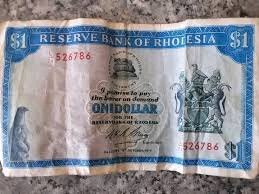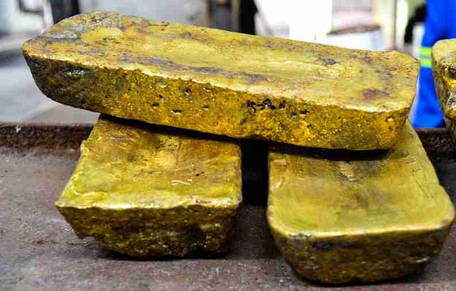Zimbabwe's gold deliveries have surged by 37 percent to 32.98 tonnes in the first nine months of 2025, according to the latest data from Fidelity Gold Refinery (FGR) - the country's sole gold buyer and exporter. The sharp increase, up from 24.2 tonnes recorded during the same period last year, places the country firmly on track to achieve its 40-tonne national gold target for the year.
The latest statistics underscore the dominant role of small-scale miners, who continue to anchor Zimbabwe's gold production and foreign currency generation.
Small-scale miners delivered 24.5 tonnes of gold by September — a dramatic increase from 14.6 tonnes over the same period in 2024. The sector now contributes nearly 75 percent of total national output, solidifying its position as the driving force of the industry.
In contrast, deliveries from large-scale producers declined to 8.54 tonnes, down from 9.55 tonnes in the corresponding period last year.
September emerged as the highest-performing month of 2025, with gold deliveries peaking at 4.4 tonnes. With an average monthly output of 3.66 tonnes, analysts say Zimbabwe is well-positioned to exceed the 40-tonne target by year-end — a development that could provide a substantial boost to the country's foreign currency reserves.
Industry insiders and recent media reports suggest that some large-scale producers may be routing part of their output through small-scale channels to circumvent the 30 percent local currency retention policy imposed by the Reserve Bank of Zimbabwe (RBZ).
Under current regulations, small-scale miners are allowed to retain 100 percent of their earnings in foreign currency, while large producers are required to liquidate a portion of their export proceeds into local currency.
Zimbabwe's gold boom coincides with an unprecedented rally in global gold prices. The value of gold has surged above US$4,000 per ounce, marking its highest level in history and representing a roughly one-third increase since April.
The surge has been driven by investors seeking safe assets amid global economic and political uncertainty. Market turbulence intensified following new trade tariffs introduced by U.S. President Donald Trump, which disrupted international commerce.
Additional concerns include the postponement of key economic indicators as the U.S. government shutdown entered its second week, further rattling investor confidence.
By Wednesday afternoon, the spot gold price — the live market rate for immediate transactions — had climbed to US$4,036 per ounce in Asian trading. Gold futures, contracts used to project future market sentiment, reached similar levels on October 7.
Gold remains Zimbabwe's top foreign currency earner and plays a central role in backing the country's new currency, the Zimbabwe Gold (ZiG). Alongside other precious minerals such as platinum, the yellow metal underpins both export performance and monetary stability.
The ongoing global rally has also benefited local investors who purchased gold coins, introduced by the Reserve Bank as a store-of-value instrument to hedge against inflation and currency volatility.
Zimbabwe continues to rank among Africa's leading gold producers, alongside Ghana, Mali, South Africa, Burkina Faso, and Sudan. These nations collectively contribute a significant share of the continent's gold exports, reinforcing Africa's vital role in the global bullion market.
As the year progresses, the combination of strong domestic production and favourable international prices positions Zimbabwe for one of its best gold output performances in recent history, bolstering both the mining sector and the broader economy.
- online
 Zimbabwe launches new airline
Zimbabwe launches new airline  Hichilema meets Chivayo
Hichilema meets Chivayo  Millions celebrate Diwali festival in India
Millions celebrate Diwali festival in India  SA bitcoin firm mulls Zimbabwe listing
SA bitcoin firm mulls Zimbabwe listing  Gold edges up as traders await guidance
Gold edges up as traders await guidance  Airlink applies for Lanseria to Harare, Bulawayo route
Airlink applies for Lanseria to Harare, Bulawayo route  Young Investment Professional (YIP) Graduate Programme 2019
Young Investment Professional (YIP) Graduate Programme 2019 











 Young Investment Professional (YIP) Graduate Programme 2019
Young Investment Professional (YIP) Graduate Programme 2019
Editor's Pick